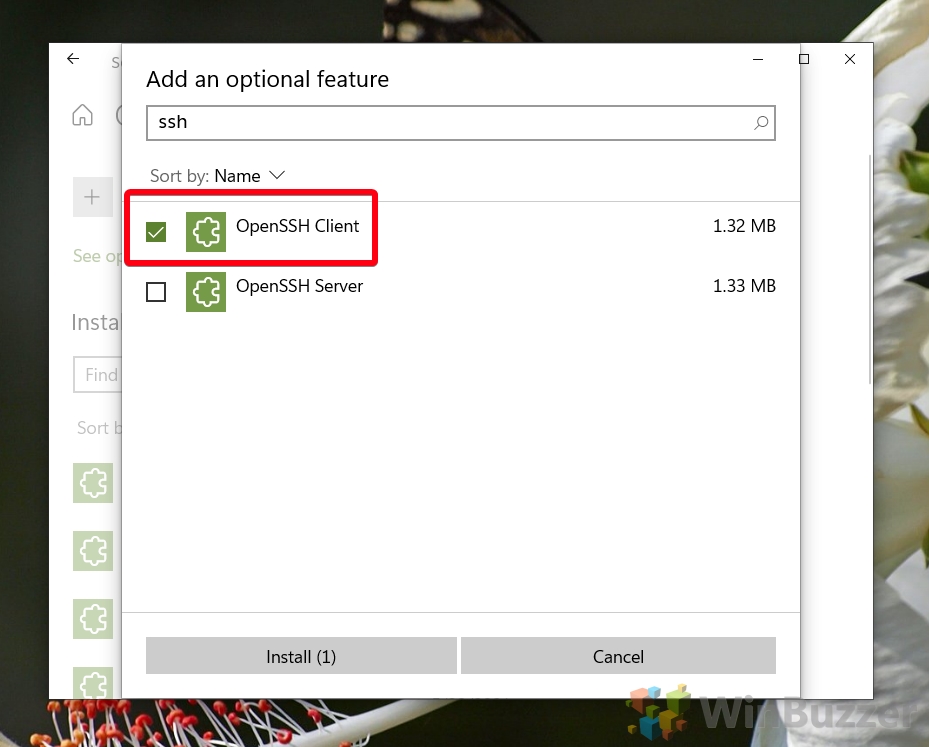Mastering RemoteIoT VPC SSH On Windows 10: A Comprehensive Guide
Introduction
In today's interconnected world, managing and securing IoT devices remotely has become a necessity rather than a luxury. RemoteIoT VPC SSH on Windows 10 provides a secure and efficient way to manage and interact with remote devices and networks. Whether you're a developer, network administrator, tech enthusiast, or a small business owner, mastering this setup can significantly enhance your ability to control and monitor IoT devices from afar. In this guide, we'll delve into the best practices for setting up a remote IoT system using VPC, SSH, and Windows 10. By the end of this article, you'll not only understand what RemoteIoT VPC SSH is but also how to set it up on Windows 10 like a pro.
Why RemoteIoT VPC SSH Matters
Before we dive into the technicalities, let's explore why RemoteIoT VPC SSH is important. IoT devices are increasingly becoming integral parts of our daily lives, from smart homes to industrial automation. However, these devices often require remote access for management and troubleshooting. Without proper security measures, this access can expose your devices to cyber threats. RemoteIoT VPC SSH ensures that your IoT devices are securely connected to your network, allowing you to manage them safely from anywhere.
Setting Up RemoteIoT VPC SSH on Windows 10
Setting up RemoteIoT VPC SSH on Windows 10 is a straightforward process that enhances the security and accessibility of your IoT devices. Here's a step-by-step guide to help you get started:
- Aagmaalgives
- Bonzycodecom
- Movierulz 2024 Download
- %D0%BD%D0%B5%D0%BA%D0%B0%D1%82%D0%B8 %D0%B0%D1%80%D0%B0%D0%B1%D0%B0%D1%87%D0%B8
- Sajal Aly
Step 1: Install OpenSSH on Windows 10
Windows 10 comes with built-in support for OpenSSH, which makes the setup process simpler. Follow these steps to enable OpenSSH:
- Open the Start menu and go to Settings.
- Click on Apps, then select Optional Features.
- Click on Add a feature, and search for "OpenSSH Client" and "OpenSSH Server".
- Select both options and click Install.
Step 2: Configure Your IoT Devices
Once OpenSSH is installed, you need to configure your IoT devices to connect to the Virtual Private Cloud (VPC). Here's how:
- Assign Static IP Addresses: Ensure that your IoT devices have static IP addresses to maintain consistent connectivity.
- Set Up SSH Access: Enable SSH on your IoT devices and configure the necessary security settings.
- Secure Your Network: Use strong passwords and consider implementing SSH keys for added security.
Step 3: Connect to Your IoT Devices via SSH
With everything set up, you can now connect to your IoT devices using SSH on Windows 10. Here's how:
- Open the Command Prompt or PowerShell on your Windows 10 machine.
- Type the following command to connect to your IoT device:
ssh username@device-ip-address - Enter your password when prompted, or use SSH keys for key-based authentication.
Best Practices for Managing RemoteIoT VPC SSH
To ensure that your RemoteIoT VPC SSH setup is secure and efficient, consider the following best practices:
- Use SSH Keys: Password-based authentication can be vulnerable to brute-force attacks. Use SSH keys for a more secure connection.
- Limit SSH Access: Restrict SSH access to trusted IP addresses to minimize the risk of unauthorized access.
- Regularly Update Devices: Keep your IoT devices and software updated to protect against known vulnerabilities.
- Monitor Logs: Regularly check SSH logs to identify and respond to any suspicious activities.
Advanced Setup for Raspberry Pi
If you're using a Raspberry Pi as part of your IoT setup, configuring RemoteIoT VPC SSH can be particularly useful. Here's a brief overview:
Setting Up RemoteIoT Monitoring SSH on Raspberry Pi
Setting up RemoteIoT monitoring SSH on Raspberry Pi involves a series of steps to ensure proper configuration for remote access:
- Install Raspbian or your preferred operating system on your Raspberry Pi.
- Enable SSH by placing an empty file named "ssh" in the boot partition.
- Connect your Raspberry Pi to your network and note its IP address.
- Use the SSH command on your Windows 10 machine to connect to your Raspberry Pi.
Conclusion
Mastering RemoteIoT VPC SSH on Windows 10 is essential for effectively managing and securing your IoT devices. This guide has provided a comprehensive walkthrough of setting up RemoteIoT VPC SSH, from installing OpenSSH on Windows 10 to configuring your IoT devices and ensuring secure connections. Whether you're a beginner or an experienced IT professional, following these steps will help you confidently set up and manage your RemoteIoT VPC SSH connection on Windows 10.
By the time you're done reading, you’ll have all the tools, tips, and knowledge to enhance your remote access capabilities. Remember, RemoteIoT VPC SSH is more than just a buzzword—it’s a powerful tool for managing your IoT devices securely from afar. So, there you have it—a comprehensive guide to mastering RemoteIoT VPC SSH on your Windows 10 system. Happy managing and securing your IoT devices!
- Securely Connect Remote Iot Vpc Raspberry Pi Aws Free
- Viralkandcom
- Conchita Mart%C3%ADnez Wife
- Who Is Conchita Martinez Married To
- Candy Love Face

How To Securely and Directly Connect Raspberry Pi with RemoteIoT P2P

Activer le client SSH intégré à Windows - Windows 10

How to Enable and Use SSH Commands on Windows 10